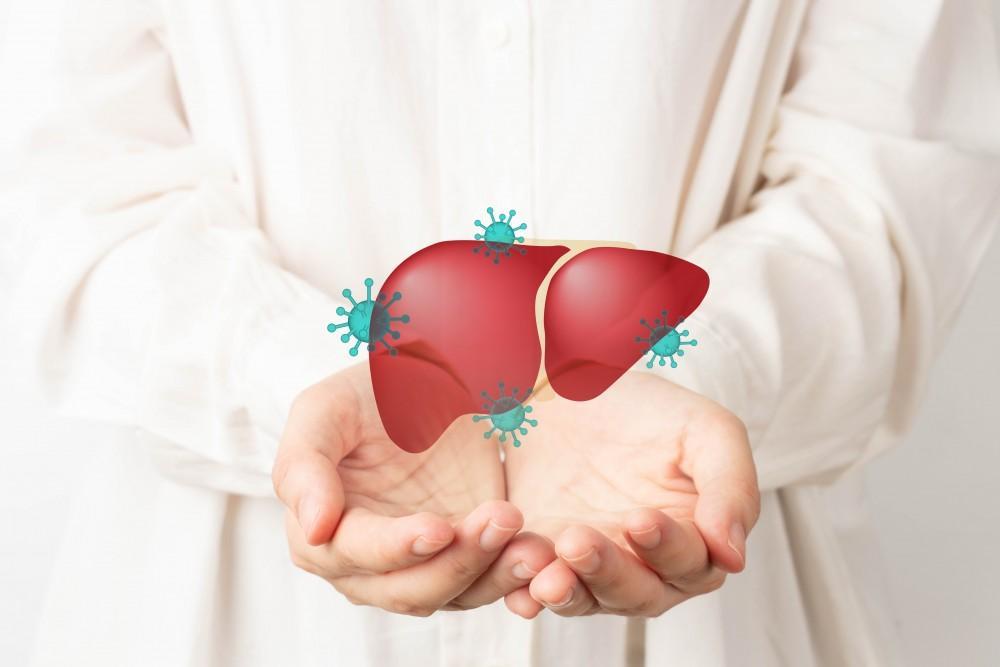How Dr. Rishi Chadha Diagnoses Gallstones
Dr. Chadha uses a step-by-step approach:
Medical History & Physical Exam
He reviews your symptoms, past medical history and performs a detailed physical examination to look for signs of gallbladder disease.
Ultrasound Imaging
An abdominal ultrasound is the first-line test to visualize gallstones and assess gallbladder structure and function.
Blood Tests
Laboratory studies check liver enzymes, bilirubin and pancreatic markers to rule out inflammation, infection or bile duct obstruction.
CT Scan or MRI
If further evaluation is needed, a CT scan or MRI provides high-resolution images of the biliary tract and surrounding organs.
HIDA Scan
This nuclear medicine study tracks bile flow and measures gallbladder emptying to identify blockages or functional disorders.
Frequently Asked Questions
What causes gallstones?
Too much cholesterol in bile is the most common cause.
Can you pass gallstones naturally?
Small ones might pass on their own, but larger stones often cause pain and require medical treatment.
Can gallstones go away without surgery?
Medication such as bile acid pills can dissolve small stones in select cases, but surgery is the most effective long-term solution.
How is gallstone pain treated?
Pain relievers, dietary modifications, or gallbladder removal (laparoscopic cholecystectomy) are used depending on symptom severity.
Is gallbladder surgery safe?
Yes. Laparoscopic gallbladder removal is low-risk, minimally invasive, and allows for a quick recovery.
What is recovery like after gallstone surgery?
Most patients feel significantly better within a few days and can return to normal activities in about a week.
Will I need a special diet after surgery?
You'll start with light, low-fat meals and typically transition back to a regular diet over time.
Are there non-surgical options?
Yes. In select cases, bile acid medications or ERCP can remove or dissolve stones without gallbladder removal.
How long do gallstones take to form?
They can develop gradually over months or years and often remain symptom-free until they grow large or obstruct bile flow.
Where can I learn more?
For detailed information, visit the American College of Gastroenterology's website.











